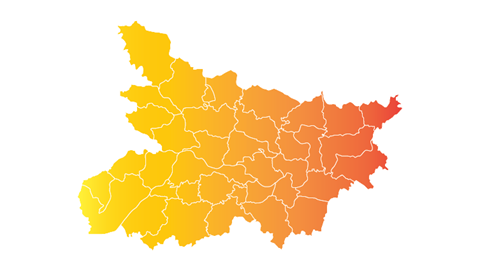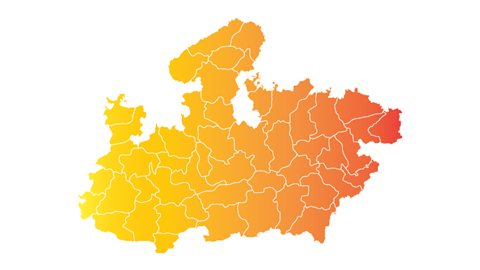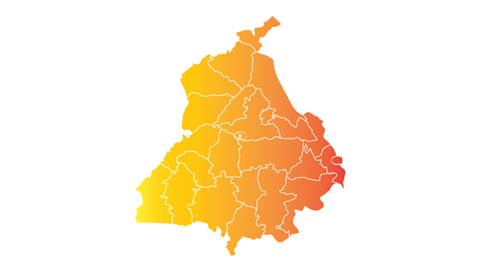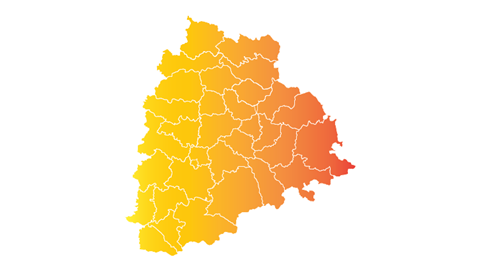Meghalaya State
Critical minerals, policy, and the energy transition
The Energy Transition in Meghalaya, India
Meghalaya, the high-rainfall plateau of India’s northeast, is redesigning its power mix to curb a reliance on ageing diesel sets and imported electricity. Installed capacity is roughly 650 MW, led by 310 MW of hydro from the Umiam–Umtru cascade and 126 MW at Myntdu-Leshka, plus about 40 MW of small solar and biomass. Summer peaks reach 560 MW, forcing costly grid draws from Assam. The state’s Renewable Energy Policy 2024 targets 500 MW of new solar and 150 MW of wind-solar hybrids by 2030, supported by 120 MWh of batteries planned near Shillong to ride out monsoon cloud cover. A 250 MW solar park at Mendipathar, canal-top PV on the Kynshi irrigation channel, and 30,000 rooftop systems across schools and healthcare centres are already in procurement. Feasibility work has also begun on a 600 MWh pumped-storage upgrade at Umiam to shift midday surplus into the evening household peak. Beneath its laterite soils, Meghalaya hosts a complementary resource set. Limestone belts in East Jaintia Hills feed low-carbon cement trials, and high-grade dolomite for green steel fluxes, while Domiasiat harbours India’s largest known sandstone-hosted uranium occurrence. Ultramafic bodies near Sung Valley carry nickel, cobalt and rare-earth traces, and coal seams in South Garo Hills are being studied for coal-bed methane and graphene recovery. By pairing valley solar, river-driven hydro stations and this emerging critical-mineral basket, Meghalaya aims to move from a power-deficit plateau to an integrated clean-energy and materials hub for the Northeast.
<insert text>
<insert text>
Essential Mineral Production and Products in Meghalaya
A state-by-state analysis of India’s critical minerals and energy transition policies
SFA explores the state-level frontlines of India’s strategy to secure its position in the global energy transition. As demand surges for critical minerals used in electric vehicles, grid storage, solar, and hydrogen technologies, India is intensifying efforts to diversify supply, localise processing, and reduce strategic dependencies. This analysis examines how mineral endowments, state-level industrial policy, and renewable energy deployment intersect across the Indian landscape. From lithium-bearing pegmatites in Karnataka and Jammu & Kashmir to rare-earth-rich coastal sands in Tamil Nadu and Odisha, this state-by-state review highlights the opportunities and constraints shaping India’s clean-energy future and its role in global mineral security.


Meet the Critical Minerals team
Trusted advice from a dedicated team of experts.

Henk de Hoop
Chief Executive Officer

Beresford Clarke
Managing Director: Technical & Research

Jamie Underwood
Principal Consultant

Dr Jenny Watts
Critical Minerals Technologies Expert

Ismet Soyocak
ESG & Critical Minerals Lead

Thomas Shann Mills
Senior Machine Learning Engineer

Rj Coetzee
Senior Market Analyst: Battery Materials and Technologies

Franklin Avery
Commodity Analyst

How can we help you?
SFA (Oxford) provides bespoke, independent intelligence on the strategic metal markets, specifically tailored to your needs. To find out more about what we can offer you, please contact us.



































